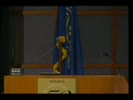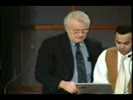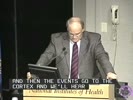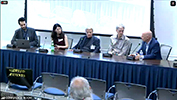On the role of rat superior colliculus in cognitive controlLoading... Loading video... 240 Views
Related Videos... |
VideoCast Downloader

On the role of rat superior colliculus in cognitive control
Download VideoCast
You can download this VideoCast and play it on your device. There are multiple sizes available for you to choose from.
Download caption text
You can download caption text of the VideoCast.









